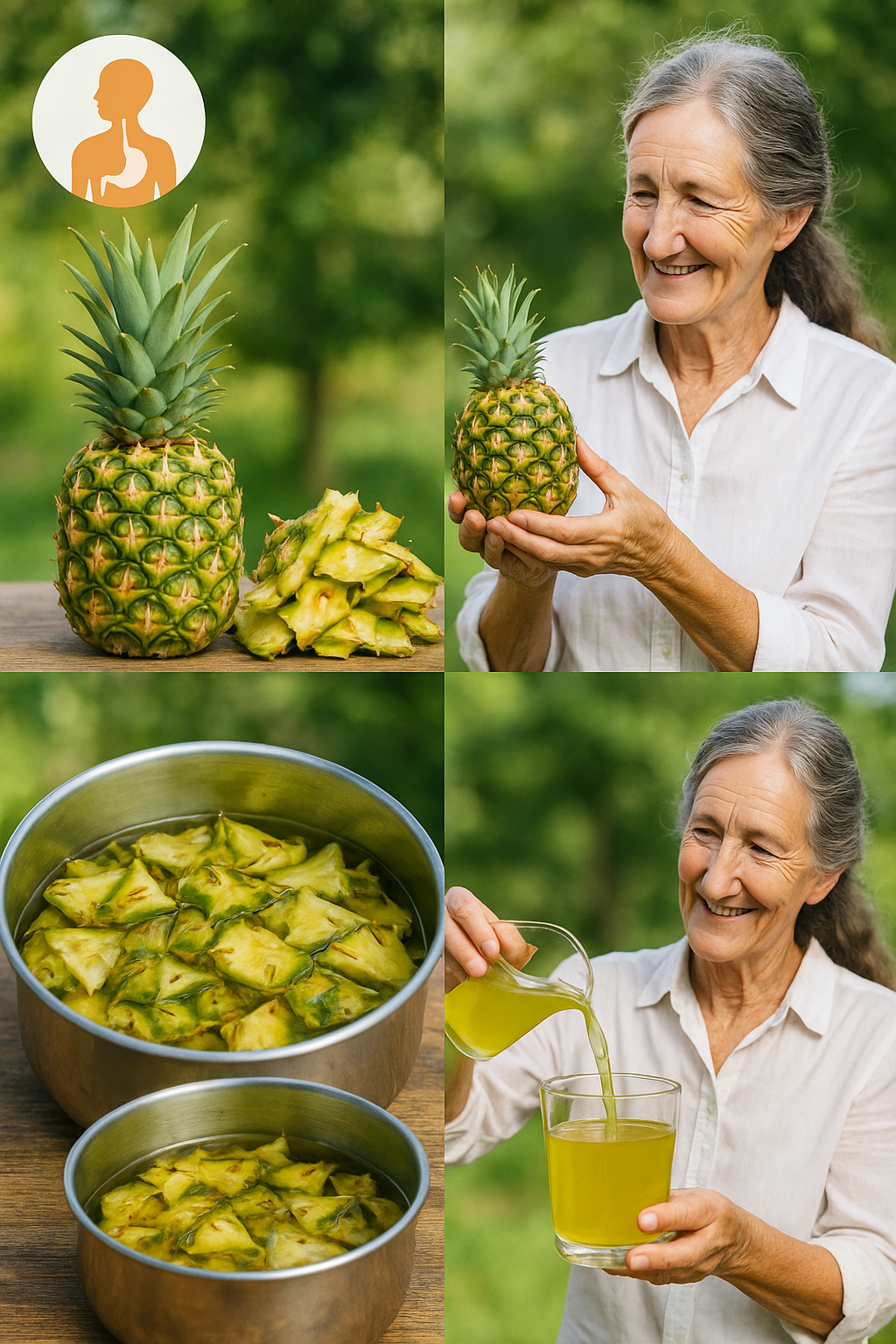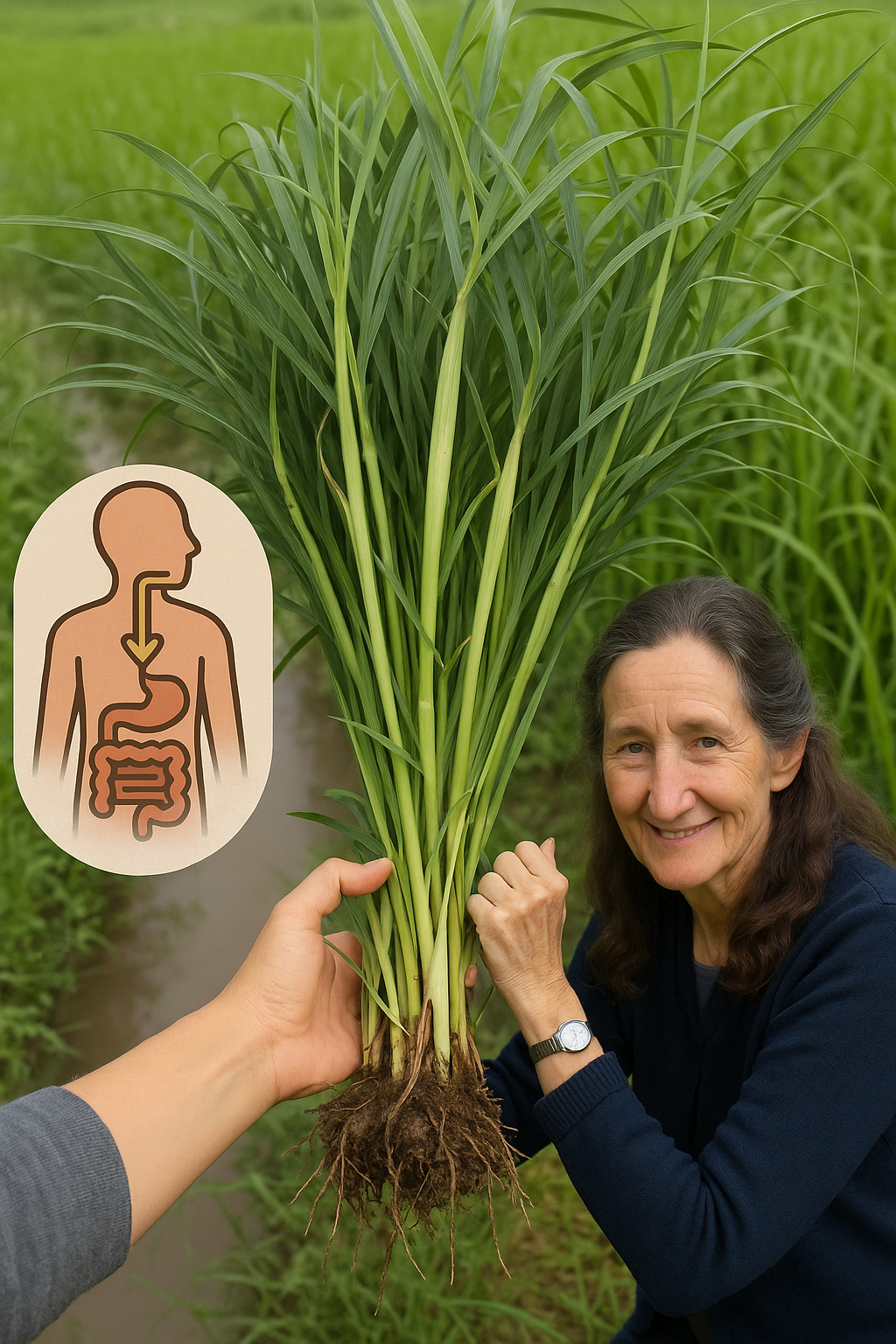Peach trees (Prunus persica) are a favorite among home gardeners—not just for their juicy, fragrant fruit, but also for their stunning spring blossoms. However, growing and maintaining a productive peach tree requires careful attention, particularly in terms of pruning and proper growing conditions. Whether you’re planting your first sapling or managing a small orchard, this guide will help you grow healthier trees and harvest better peaches.
🌞 Growing Peach Trees: The Basics
1. Choose the Right Variety for Your Region
- Freestone vs. Clingstone:
- Freestone peaches are easy to pit, perfect for fresh eating and canning.
- Clingstone peaches are juicier, making them great for jams and preserves.
- Climate Compatibility:
- Some varieties are cold-hardy and suitable for northern climates.
- Others require mild winters and thrive in zones 7–9.
Check your USDA Hardiness Zone and select varieties accordingly (e.g., ‘Reliance’ for cold climates, ‘Elberta’ for warmer areas).
2. Planting Peach Trees
- Location:
Choose a spot with full sun exposure—at least 6–8 hours of direct sunlight per day. - Soil Requirements:
- Well-draining, sandy or loamy soil
- pH between 6.0 and 7.0
- Mix in compost or organic matter before planting
- Spacing:
- Standard trees: 15–20 feet apart
- Dwarf varieties: 8–10 feet apart
- Planting Tips:
- Dig a hole twice as wide and as deep as the root ball.
- Place the tree so that the graft union (a visible bulge on the lower trunk) is above soil level.
- Water thoroughly after planting.
3. Watering and Fertilizing
- Watering:
Deep water once or twice per week, depending on weather and soil. Avoid soggy soil to prevent root rot. - Fertilizing:
- Use a balanced 10-10-10 fertilizer in early spring before buds break.
- Apply a second dose after fruit set to support growth.
- Reduce nitrogen if the tree has excessive leaf growth and poor fruiting.
4. Pest & Disease Control
- Common Issues:
- Peach Leaf Curl: Prevent with copper-based fungicide before bud break.
- Brown Rot: Remove rotting fruit and prune affected twigs.
- Aphids & Mites: Treat with insecticidal soap or neem oil.
- Prevention Tips:
- Keep the area around the tree clear of fallen fruit and leaves.
- Practice proper spacing and pruning for air circulation.
✂️ Pruning Peach Trees: Key to Bigger, Better Fruit
1. Why Prune Peach Trees?
- Encourages larger fruit by reducing competition
- Improves sunlight penetration and airflow
- Shapes the tree for easier maintenance and harvest
- Removes dead or diseased wood

2. When to Prune
- Late winter to early spring: Just before bud break, after the danger of hard frost has passed.
- Summer (optional): Light pruning to remove fast-growing water sprouts and maintain shape.
3. How to Prune: Step-by-Step
🍶 Aim for an “Open Center” or Vase Shape
- Keep the center of the tree open by selecting 3–5 main scaffold branches spaced evenly around the trunk.
- Remove any central leader or upright growth that crowds the center.
✂️ Remove Dead, Diseased, or Damaged Wood
- Cut out broken limbs or twigs with discoloration or fungal growth.
🌬 Thin Crowded Branches
- Remove crossing branches to improve airflow.
- Allow light to reach all fruit-bearing wood.
🌱 Cut Back Last Year’s Growth
- Reduce new shoots by about one-third to encourage productive fruiting branches.
🚫 Remove Water Sprouts and Suckers
- Prune non-productive vertical shoots and suckers at the base of the tree.
🍑 Additional Peach Tree Care Tips
- Mulch: Apply a 2–3 inch layer of organic mulch to conserve moisture and suppress weeds. Keep mulch a few inches away from the trunk.
- Thin the Fruit: Once peaches are marble-sized, thin them so fruits are spaced 6–8 inches apart on branches. This prevents breakage and ensures better-sized fruit.
- Protect in Winter: In cold climates, wrap young trunks with tree wrap or guard against sunscald and rodent damage.
🌳 The Result: A Thriving Peach Tree
With proper care and pruning, your peach tree can begin producing fruit within 2–4 years of planting. Annual maintenance ensures high yields and long-term tree health, rewarding you with baskets of sweet, juicy peaches for years to come.
Whether you’re growing for food, beauty, or family tradition, the peach tree is a worthy investment for any garden. 🌞🍑


